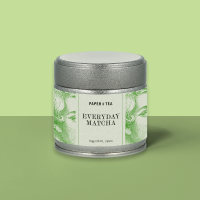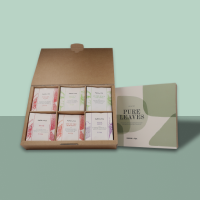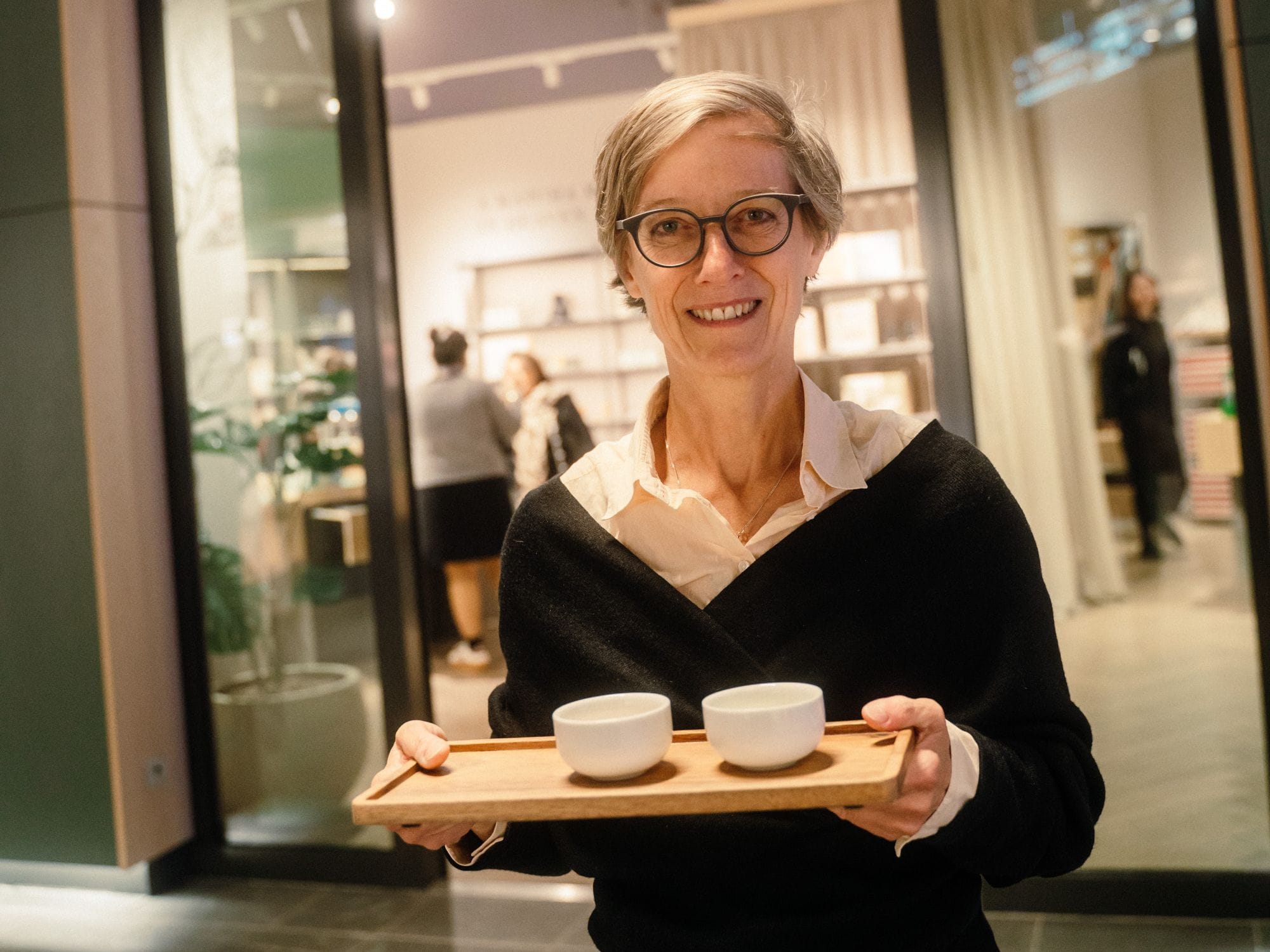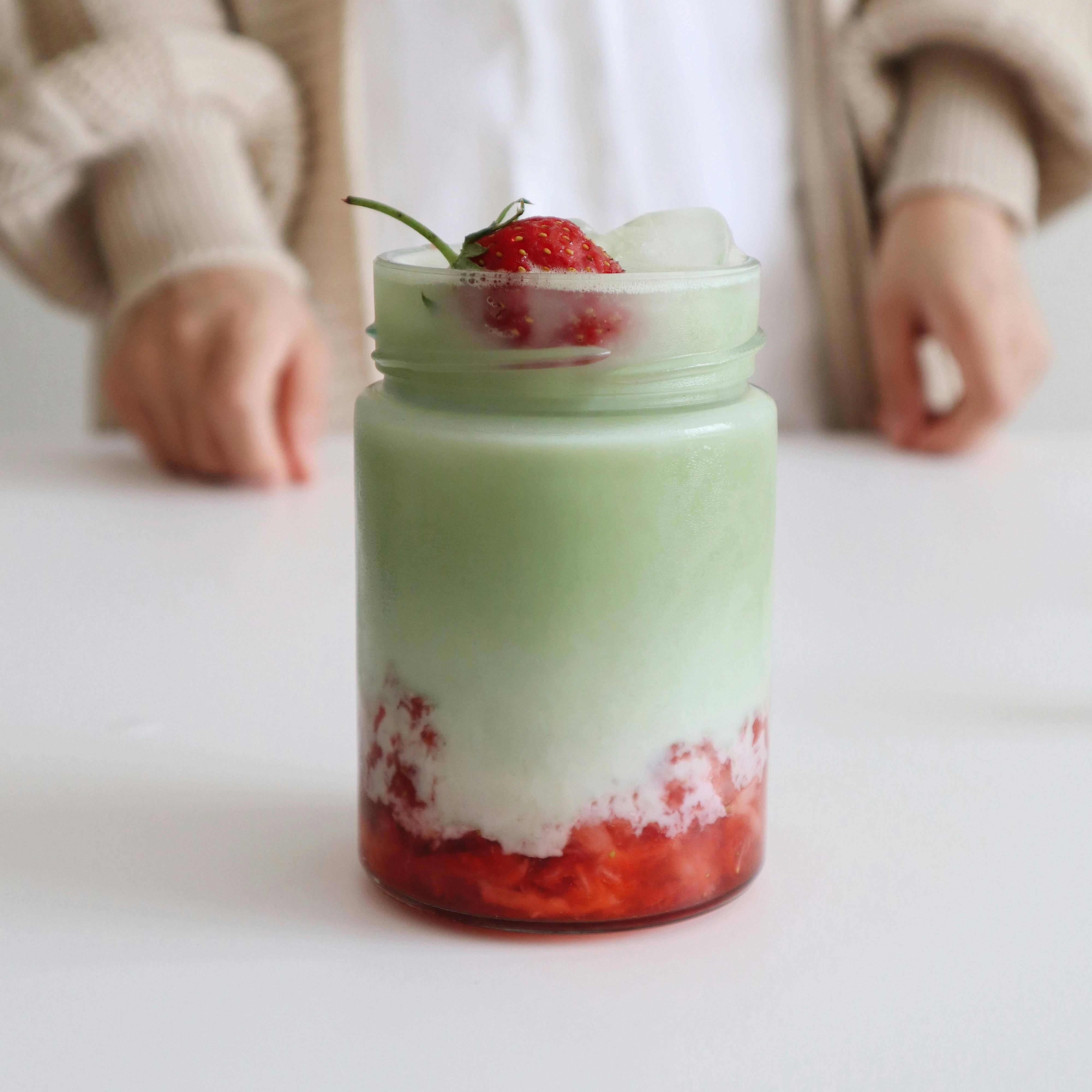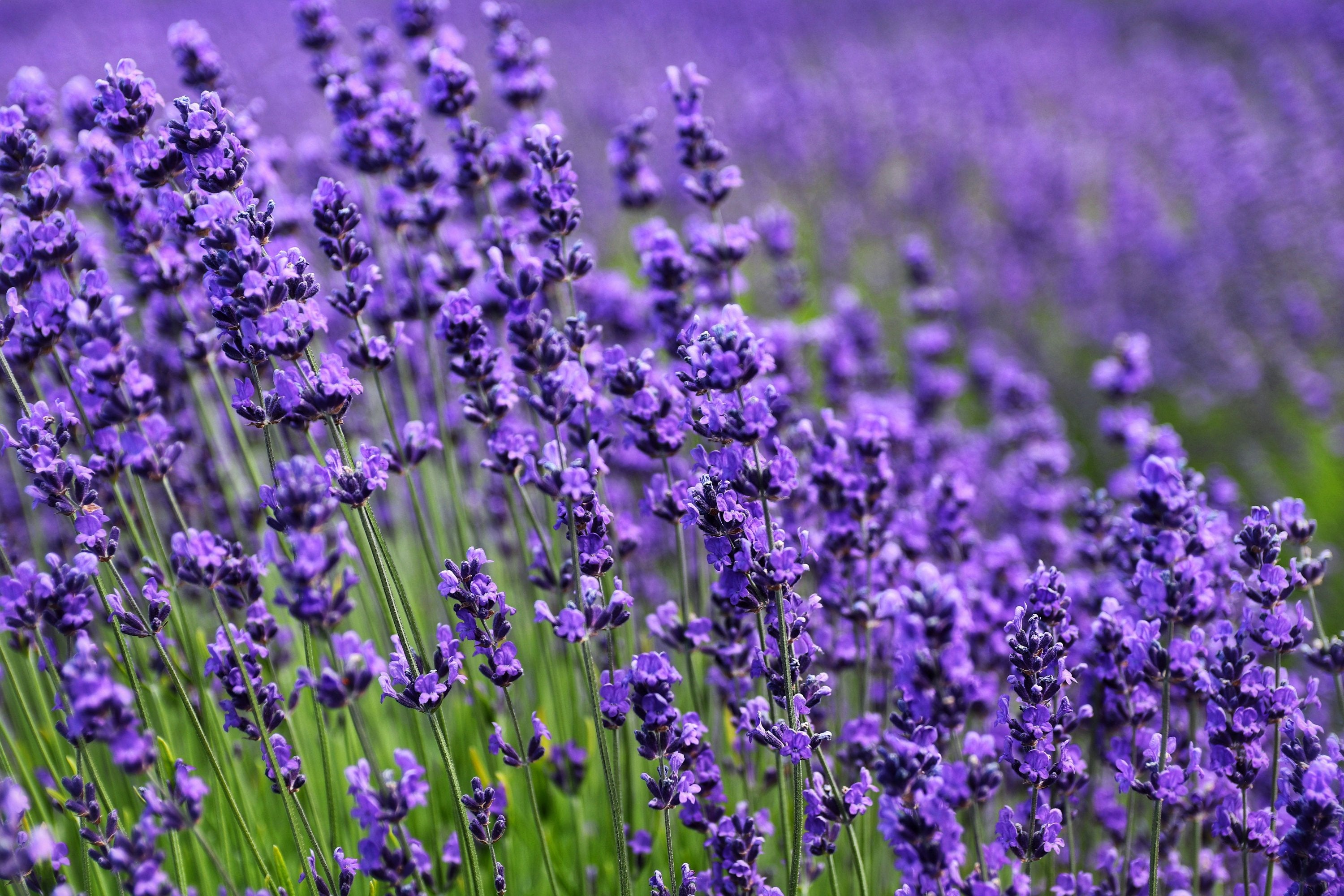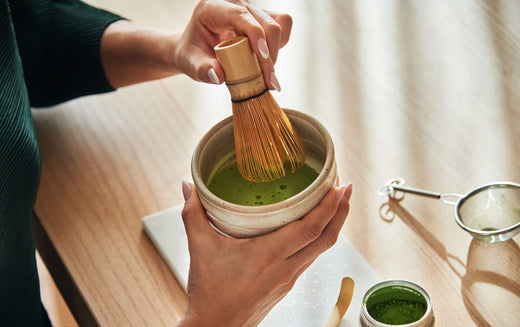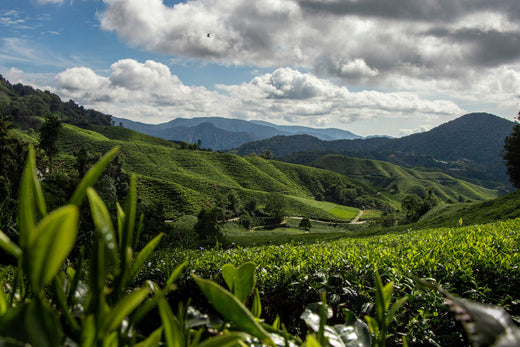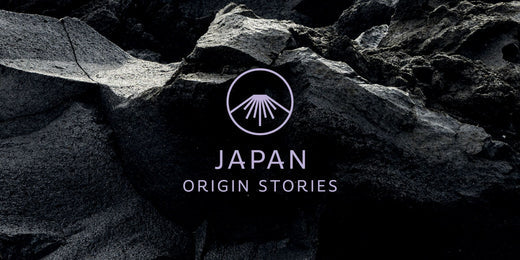Matcha has become so much more than just tea. It’s ritual and mindfulness, a wellness staple and a lifestyle statement. And if you’ve noticed it popping up everywhere — in sleek coffee shops, across social media reels, or woven into morning routines — you’re not imagining it. Matcha is having a moment.
But behind the creamy, vibrant green hype lies a reality that’s far more complex than the Instagram aesthetic might suggest.
A global Matcha Boom meets limited supply
Over the past few years, global demand for Japanese matcha has surged to unprecedented levels. In Germany alone, imports tripled within just twelve months. Worldwide, Japan is exporting more matcha than ever before — and yet, it’s still not enough to keep up.
What many don’t realize: matcha isn’t a mass product. True, high-quality matcha — the kind we source at PAPER & TEA — is the result of an incredibly delicate and time-intensive process. The tea plants are shaded for several weeks before harvest, and the leaves are carefully steamed, dried, and stone-milled into an ultra-fine powder. Every step takes time, precision, and care. And there’s no way to speed it up without compromising quality.
That’s exactly why the balance between growing demand and limited production is under increasing strain.

Kyoto under climate Stress
Japan — especially the Kyoto region, the spiritual home of premium matcha — is facing mounting challenges. This year brought some of the hottest temperatures on record, with prolonged heat waves and extreme weather conditions. Tea plants, which are highly sensitive to environmental shifts, have been hit hard. In some areas, farmers reported up to 25% lower yields compared to previous years.
The impact is already showing in the market: at Kyoto’s prestigious Tencha auction, prices soared to 8,235 yen per kilogram this spring — a 170% increase compared to last year.
And these changes ripple through the entire supply chain — all the way to your bowl of matcha.
Tradition meets an uncertain future
Climate change isn’t the only factor shaping the future of matcha. Japan’s tea industry faces another pressing challenge: a generational shift.
Twenty years ago, more than 50,000 family-run farms cultivated tea across Japan. Today, that number has fallen below 13,000. Fewer young people are choosing to continue the legacy of tea farming, making the remaining producers — and their craft — even more precious.
That’s why, at PAPER & TEA, we’ve always invested in long-standing partnerships with our tea producers in Japan. We know their farms, their philosophies, and the care they put into every single leaf. For us, matcha isn’t just a product — it’s a living heritage, carried forward through passion and craftsmanship.
What this means for You — and for Us
We want you to be able to rely on one thing: that every bowl of matcha from PAPER & TEA delivers uncompromising quality. To ensure this, we need to adapt to the realities shaping the global matcha market.
With soaring international demand, reduced harvests due to climate change, and a decline in the number of young farmers entering the industry, the cost of sourcing premium matcha is rising significantly. To sustain our partnerships, secure long-term quality, and support the future of this craft, we’ll be adjusting our matcha prices slightly and fairly, starting September 3.

Preserving Quality together
For us, matcha represents more than just a trend. It embodies mindfulness, patience, and dedication. By valuing this unique tea, we’re all helping to preserve a centuries-old tradition — ensuring it remains viable for generations to come.
So the next time you whisk up your matcha, take a moment to remember: you’re part of something bigger. You’re supporting artisans who’ve dedicated their lives to this craft, farmers who nurture each leaf with care, and a culture that continues to evolve in the face of growing global challenges.
Thank you for your understanding, your loyalty, and your shared love for this extraordinary tea culture. Together, we’re keeping matcha’s future vibrant.

